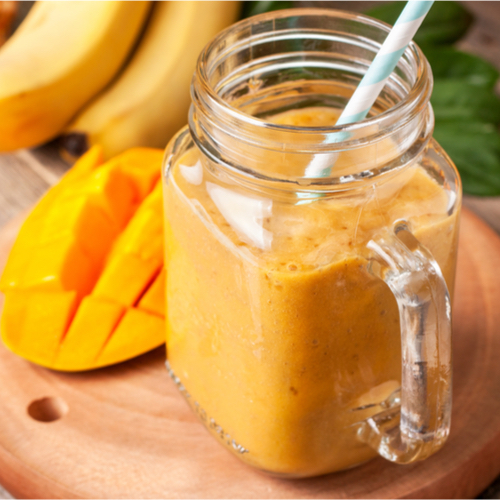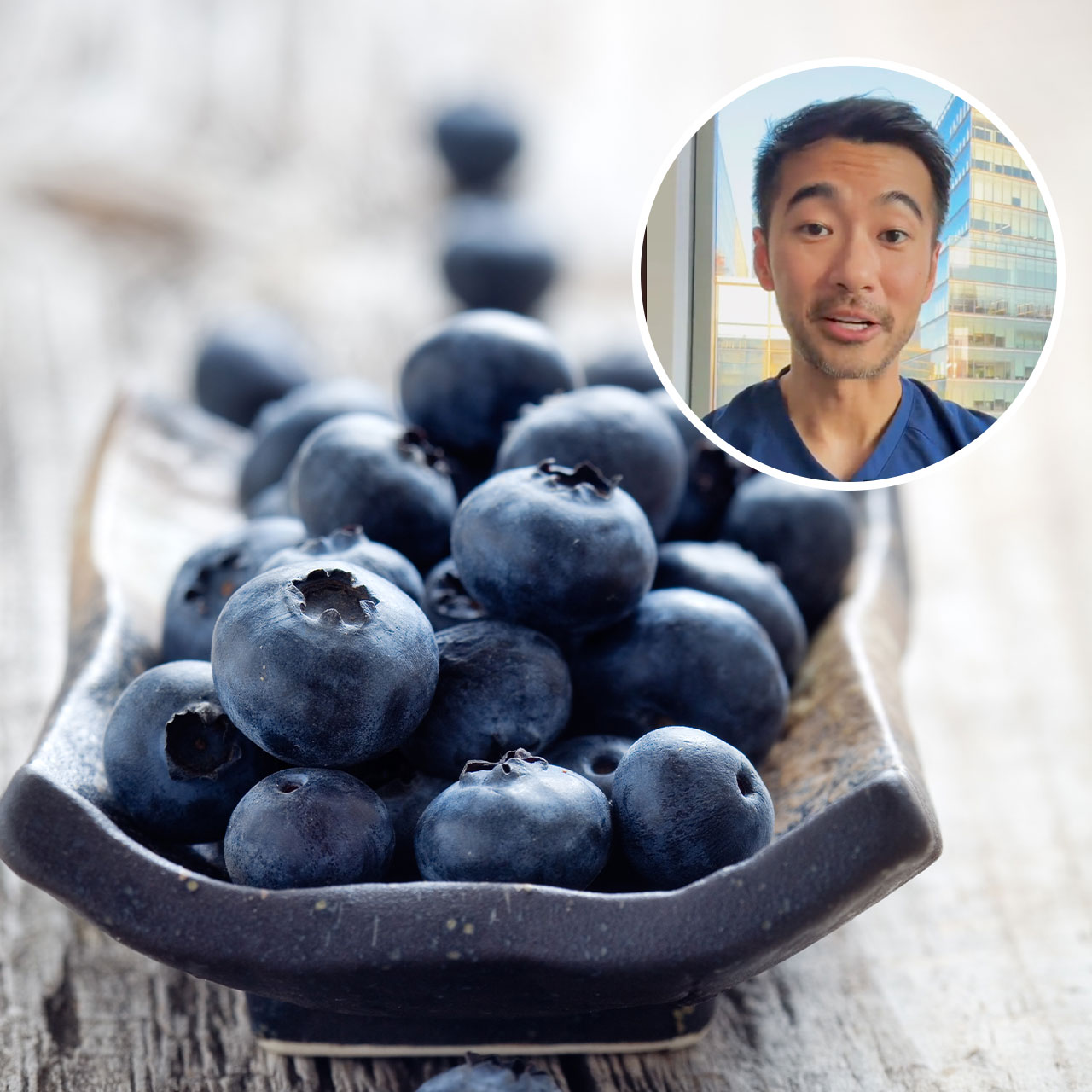This is an archived article and the information in the story may be outdated. Please check the time stamp on the story to see when it was updated last.
Having a shake as a meal or a snack can be a great way to vary your diet. Plus, if you are trying to lose weight, a shake (for example, a protein shake) can be a smart method of incorporating more nutrients into your meals for a more balanced diet. However, there are some ingredients you should definitely avoid in your shake recipes, especially when it comes to weight loss.
Specifically, fruit juice is one ingredient you should be keeping out of your blender.


Fruit Juice
If you're in the mood for a shake, you might be tempted to add fruit juice to your recipe for an added sweetness and a more liquid texture. Unfortunately, what seems like a harmless addition to your shake could be something else entirely.
Keep reading for more details.

Carbs
According to Eat This, Not That!, "Fruit juices lack the satiating fiber of fresh fruit, and even half a cup of orange juice adds 13 grams of carbs." This means that it won't fill you up in the same way whole fruit would, so you will not stay satisfied for long.
Besides the carbs, there are other unsettling nutrition facts when it comes to adding fruit juice to shakes.

Added Sugar
Popular fruit juices like apple juice and orange juice can have a lot of added sugars, so you should definitely check out their nutrition labels. However, it's not just "sugar" you should be looking out for.
According to Good Housekeeping, there is some terminology loopholes that you should know. The article explains, "While the FDA states that 'concentrated fruit juice' can't be used as a sweetener in a product labeled 'no sugar added,' you bet that products can still use 'fruit juice from concentrate' (water plus fruit concentrate) as a form of added sugar."


























